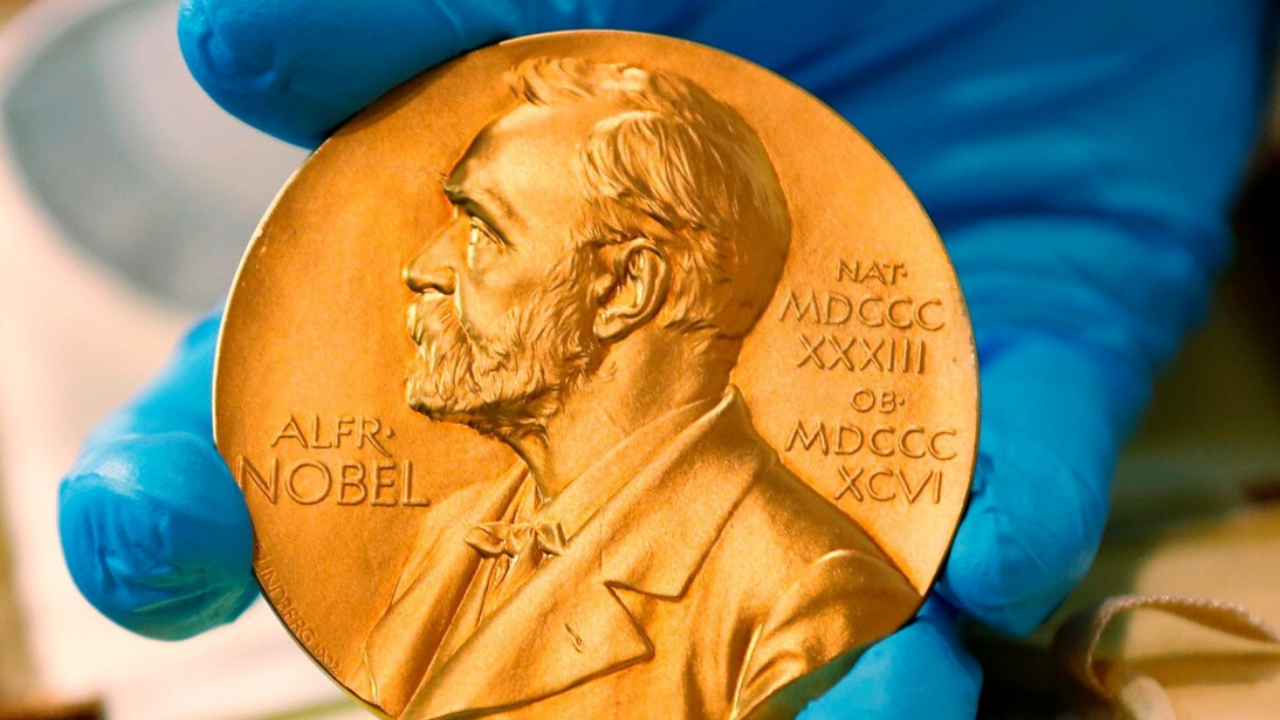November 21, 2019
3m 18s
Share:
On Monday, October 7th, 2019, it was awarded the Nobel Prize in Medicine. The winners were William Kaelin, Gregg Semenza and Peter Ratcliffe, two Americans and a British who discovered the molecular mechanism by which cells adapt to lack of oxygen.
The scientists found that cells have the ability to make adjustments in their metabolic rates for the functioning of the body when there is not enough oxygen. These investigations were based on the theory that cells need oxygen to produce energy.
“We are literally delighted that the Nobel Prize in Medicine and Physiology 2019 has been awarded to three scientists who through their work managed to study the intrinsic molecular variables in the detection and response to certain degrees of oxygen in the cells. We always refer to the value of hypoxia and hyperoxia in different health conditions and diseases, because we are aware that we must recover these concepts to be able to practice medicine in the 21st century”, says Dr. Jorge Cubrías Morales, a physician at BioBarica Spain and president of the Spanish Society of Nutrition and Orthomolecular Medicine.
The interesting thing about this discovery of the Nobel Prize winners is that it opens up new possibilities to treat different pathologies that are directly influenced by the lack of oxygen, such as cardiovascular diseases, cardiovascular accidents, and cancer. For example, the tumor’s growth depends on the contribution of oxygen to the blood.
“Without oxygen, there is no life and with an excess of oxygen, there can be death. The status of the cell in terms of youth, nutrition, and toxicity makes it more tolerant of these alterations or it can die. Against this, the mechanisms of hormesis are very present in the conceptual bases of current orthomolecular practice arise. The fact of deepening the knowledge of the importance of oxygen for our cells is great news that we will certainly welcome, with the intention of putting it into practice for the patient”, adds Dr. Cubrías Morales.
Why is oxygen necessary for the functioning of cells?
Oxygen is metabolically necessary since when there is not enough, it is triggered a series of pathologies by hypoxia. The lack of oxygen is not only related to hypoxia, but also to the difficulties that cells have to take advantage of oxygen. These difficulties include factors such as pollution and smoking, among others. The adaptation of the cells to the lack of oxygen causes diseases such as the neurodegenerative ones. For example, Parkinson’s and Alzheimer’s are associated with a higher pollution rate as a risk factor.
Otto Heinrich Warburg, the winner of the Nobel Prize, had already referred in his research to the fact that most cancer cells produce energy mainly in the cytosol and by an anaerobic glycolysis process. That is, thanks to high glycolysis rates followed by a process of lactic fermentation. The majority of normal cells produce energy via the aerobic oxidation pathway of pyruvate in the mitochondria.
This last process makes use of oxygen as the final acceptor of electrons in the respiratory chain. Malignant cells typically have glucose consumption rates about 200 times higher than those of the normal cells that originate them. This happens even with a full supply of oxygen. Otto Warburg postulated that this change in metabolism is the cause of cancer.
How does hyperbaric chamber therapy work in the absence of oxygen?
Hyperbaric oxygen therapy manages to recover the affected cells and thus physiological processes can be triggered to regenerate tissues, heal and reverse pain and inflammation in complex wounds, chronic inflammatory diseases and intoxication. It also promotes the decrease of the hypoxic microenvironment and therefore reduces the conditions that induce tumor growth.
The main objective of this treatment is to generate hyperoxia, increasing the availability of oxygen and restoring the functionality of the cell.
About Hyperbaric Oxygen Therapy
Hyperbaric Oxygen Therapy (HBOT) is a non-invasive method that consists of delivering high concentrations of oxygen in a pressurized hyperbaric chamber at a minimum of 1.4 atmospheres. Under normal environmental conditions, 21% oxygen is breathed at 1 atmosphere. Within the hyperbaric chamber the patient breathes greater amounts of oxygen, which are transported through the blood and reach all the tissues of the body, even those damaged.
Sources
Murdoch C, Muthana M, Lewis CE. Hypoxia regulates macrophage functions in inflammation. J Immunol. 2005; 15; 175(10):6257-63.
Orru H1,2, Ebi KL3, Forsberg B4. The Interplay of Climate Change and Air Pollution on Health. Curr Environ Health Rep. 2017 Dec;4(4):504-13.
Snyder B, Shell B, Cunningham JT, Cunningham RL. Chronic intermittent hypoxia induces oxidative stress and inflammation in brain regions associated with early-stage neurodegeneration. Physiol Rep, 5 (9), 2017.
Yttersian Sletta K., Tveitarås MK, Lu N, Engelsen AST, Reed RK, Garmann-Johnsen A, Stuhr L. Oxygen-dependent regulation of tumor growth and metastasis in human breast cancer xenografts. PLoS One. 2017; 12(8):1-19.
Share:
Related
View cookie policy.


